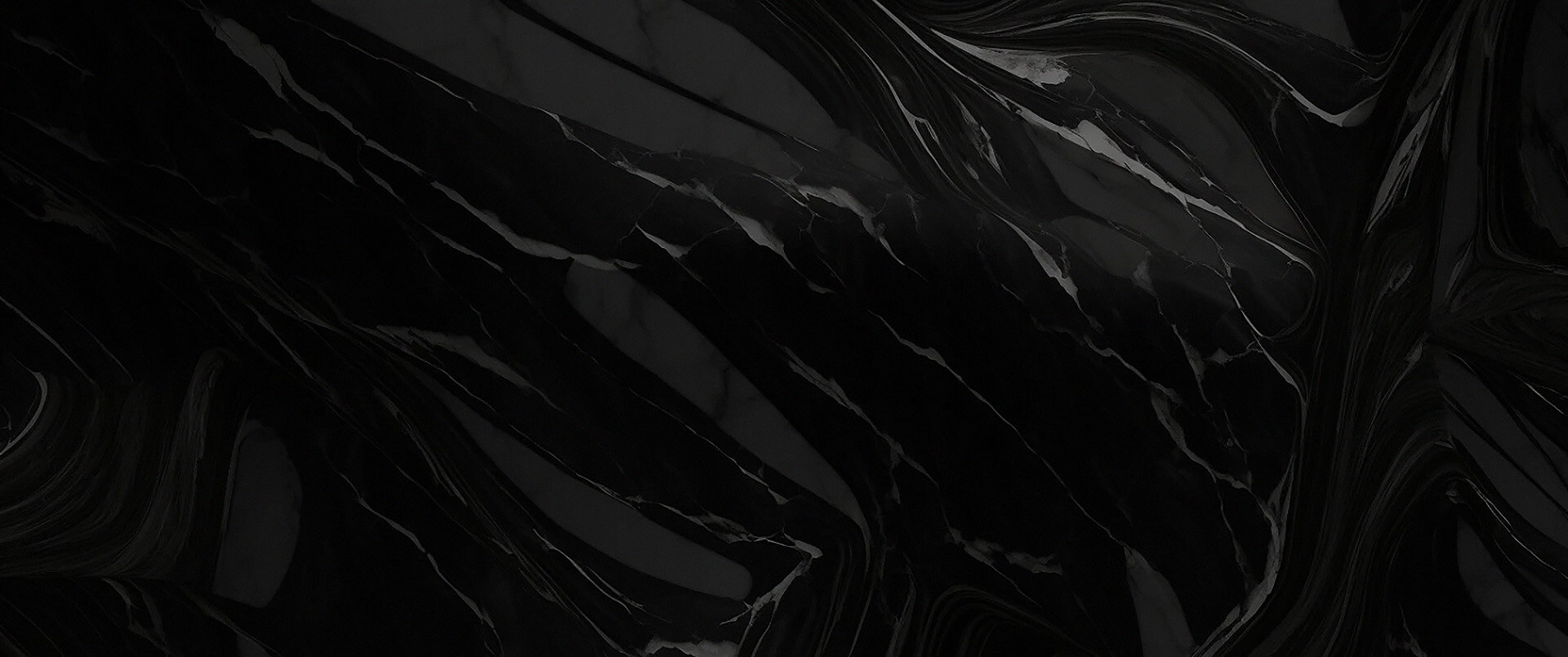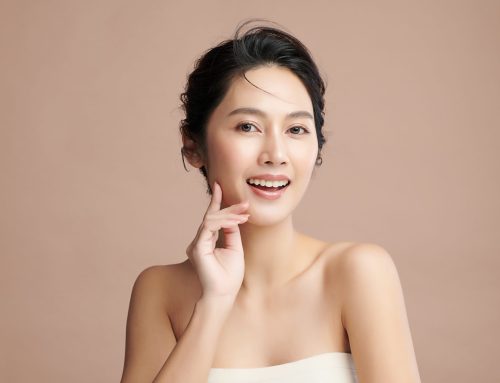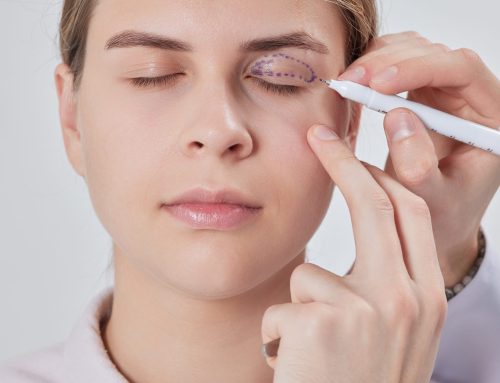
Brow Lift and Eyelid Surgery: Subtle Elevation, Remarkable Results
Last month we took a look at the importance of the eyes, the focus of attention, and the so called “window to the soul” that results in so much attention placed on the appearance of the eyes both by makeup artists as well as cosmetic surgeons. When the eyes and the surrounding area look tired, the entire face can take on a fatigued or aged appearance—regardless of how well-rested or vibrant a person may actually feel. This tired look is often characterized by drooping upper eyelids, puffiness or hollowness beneath the eyes, and a general loss of the smooth, firm contours that are associated with youth and vitality. Because the eyes are central to both facial expression and communication, even subtle changes in this area can have a significant impact on how others perceive us and, more importantly, how we see ourselves.
Fortunately, targeted correction of this area can produce dramatic improvements that still look natural. By addressing the underlying causes of the tired appearance, like excess skin, lax muscle tone, fat displacement, or sagging brows, we can restore brightness, openness, and symmetry to the eyes. The result is a face that looks not only younger and more refreshed, but also more approachable and emotionally expressive.
As this tired appearance is usually the result of hooding of the upper lids over the eyes, upper eyelid surgery is often enough to correct the situation. However, elevation of the brow is frequently necessary either alone or in addition to removal of extra upper lid skin.
The female brow should be positioned above the bony orbital rim with the maximum height at the junction of the medial 2/3rds of the brow with the lateral 1/3rd. There is wide variety in the amount of arch that is considered normal and I would note there is often variation from one side to the other within the same individual. All of these considerations are taken into account during our initial evaluation.
When elevation of the eyebrow is appropriate, I prefer the endoscopic technique. Using an endoscope attached to a monitor, I am able to lift and elevate the forehead and secure it in its new elevated position through tiny 1/8 inch incisions behind the hairline. Recovery and risks are very limited utilizing this technique.
If you feel this procedure might be right for you or would like to learn more about options available to you, please consider attending one of our educational seminars. To see before and after images or make a reservation for your consultation, please visit our website at DouglasStevensMD.com. Let Dr. Stevens and his team rejuvenate and freshen up your look.


